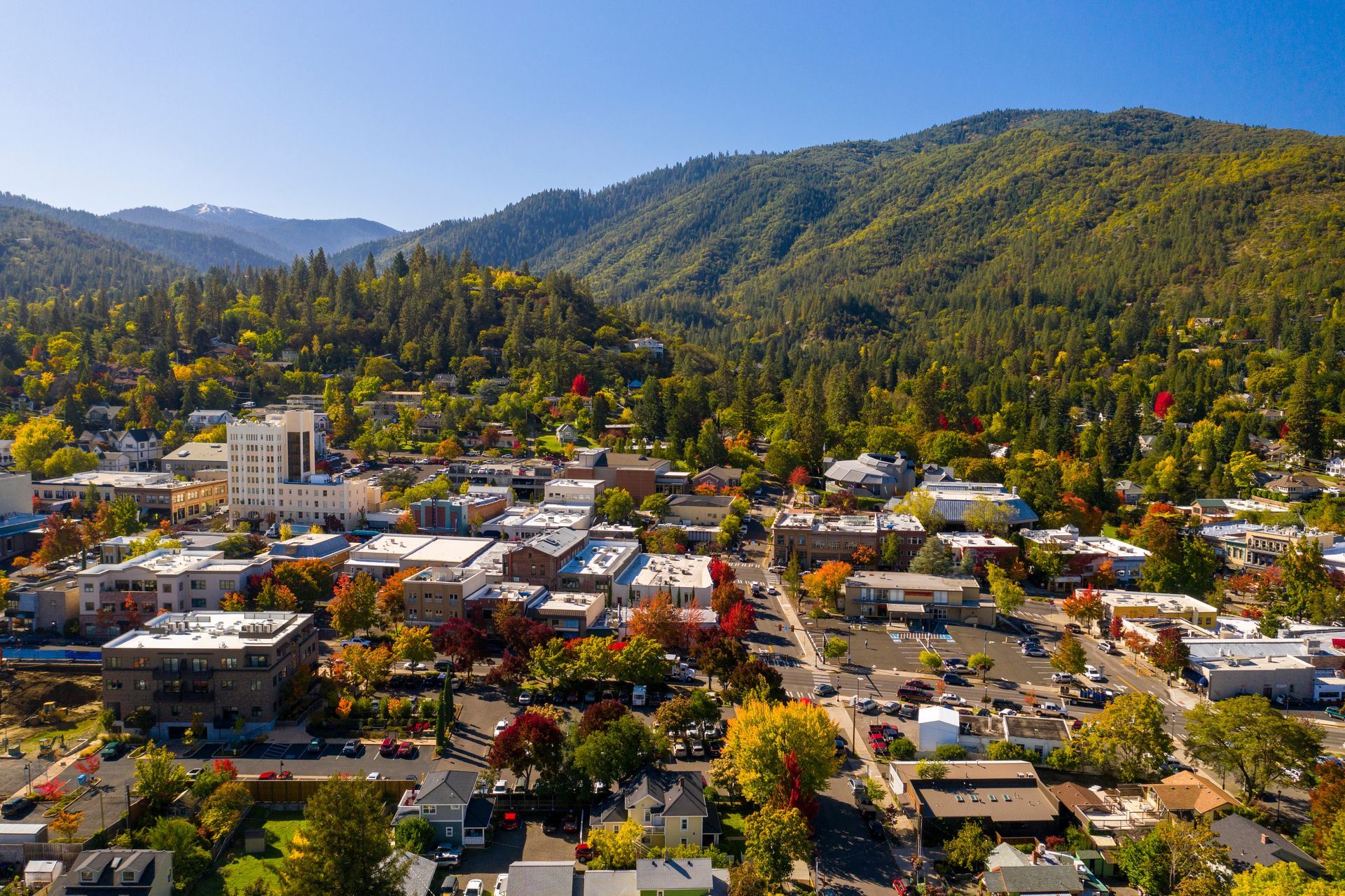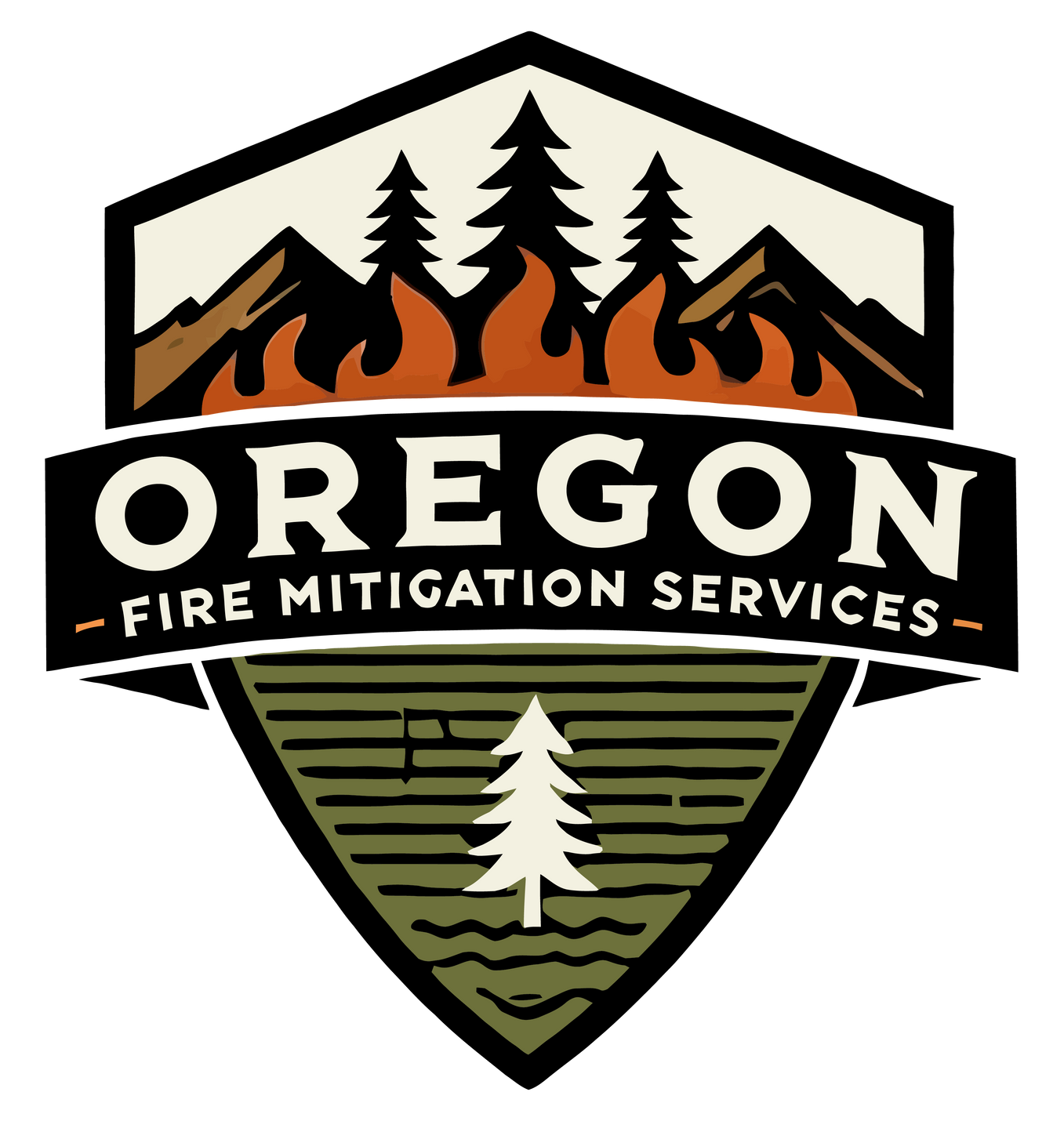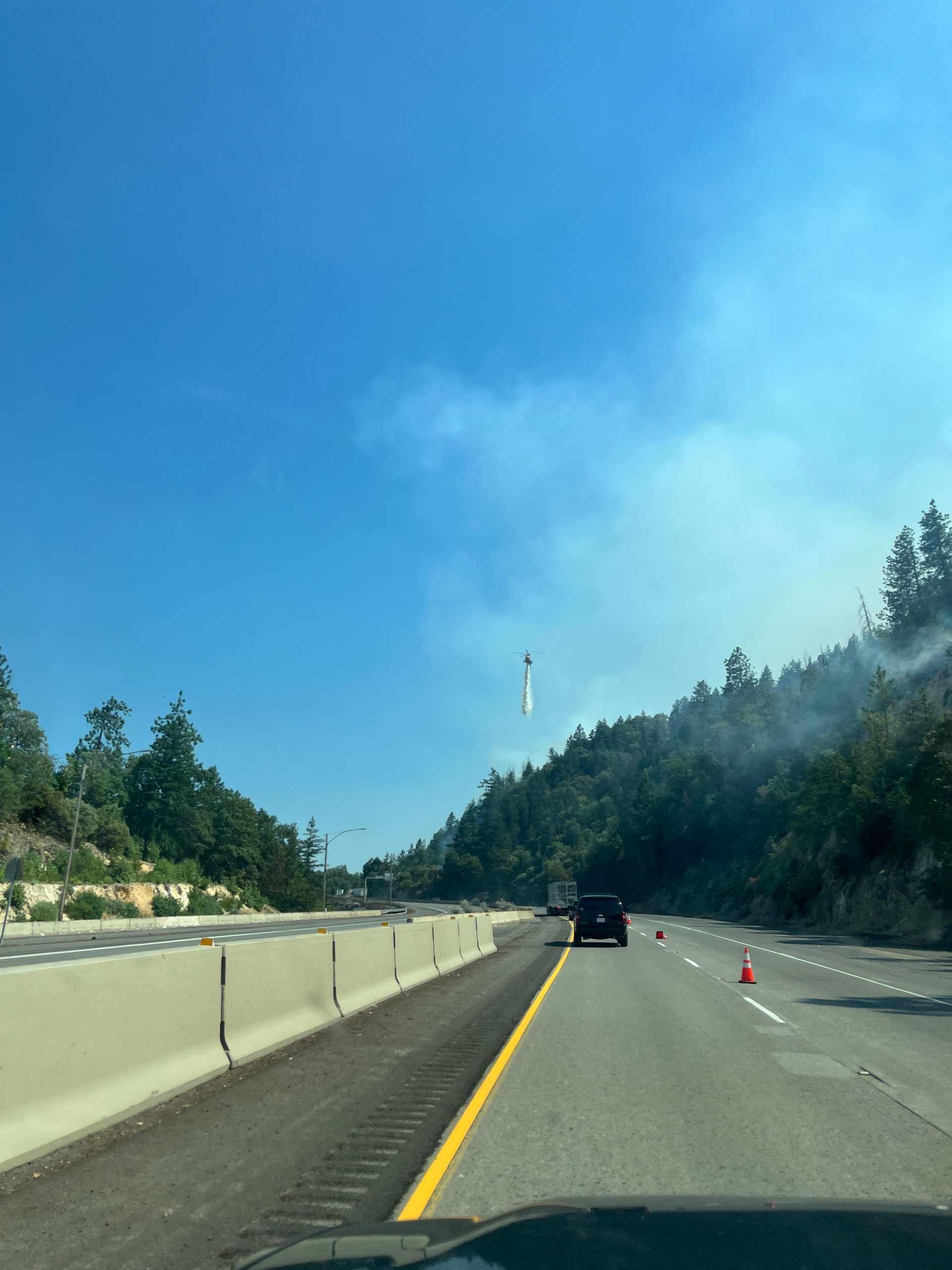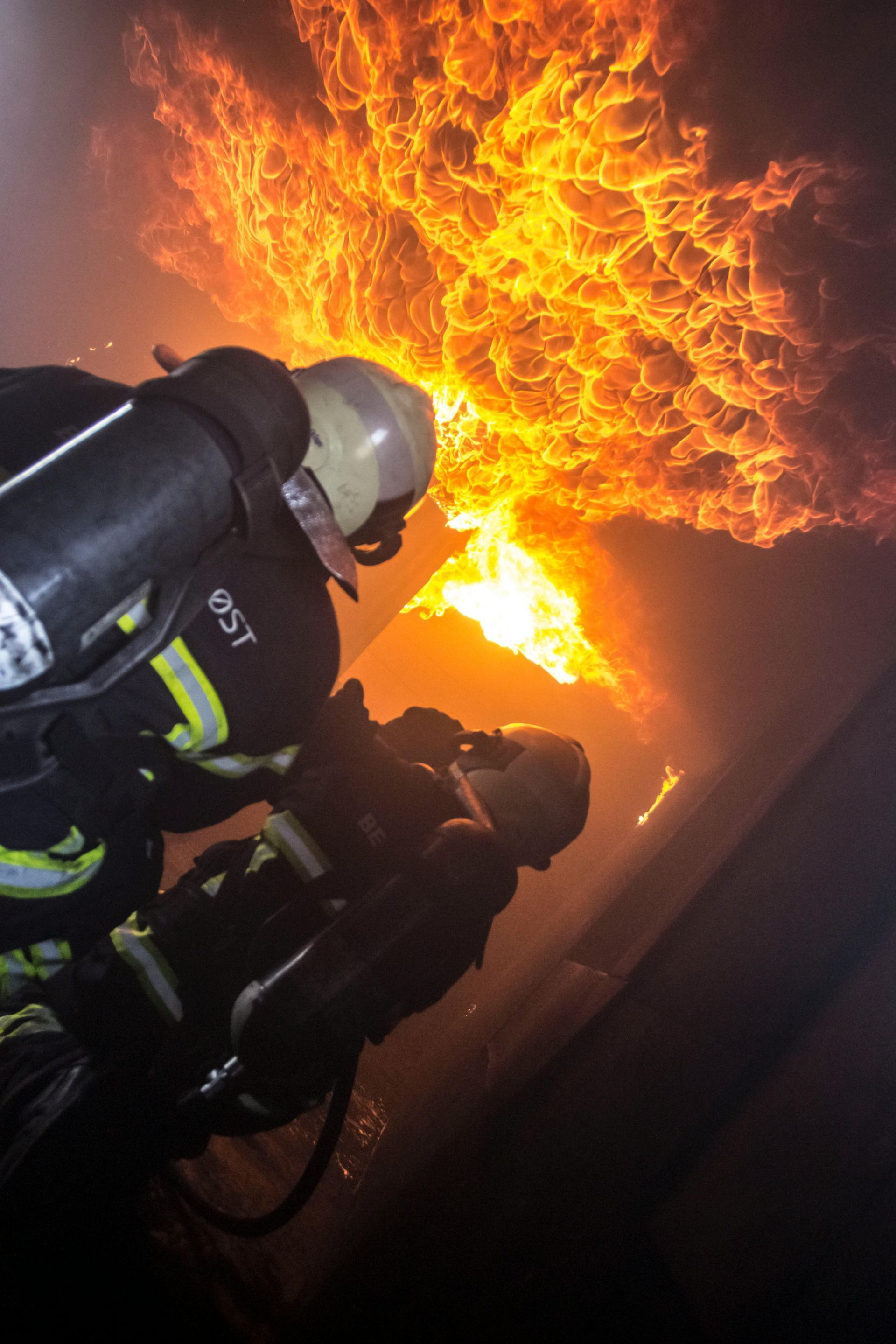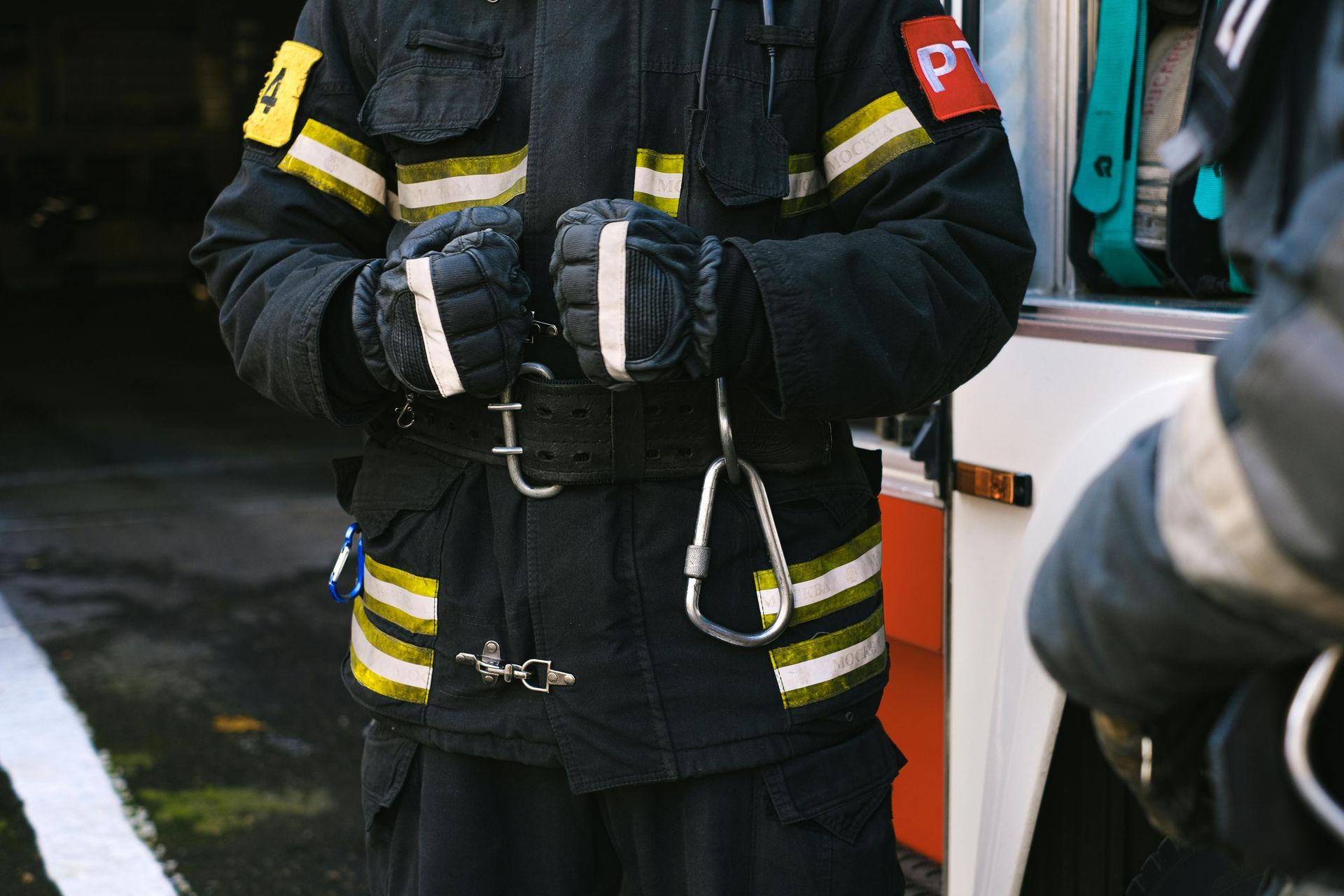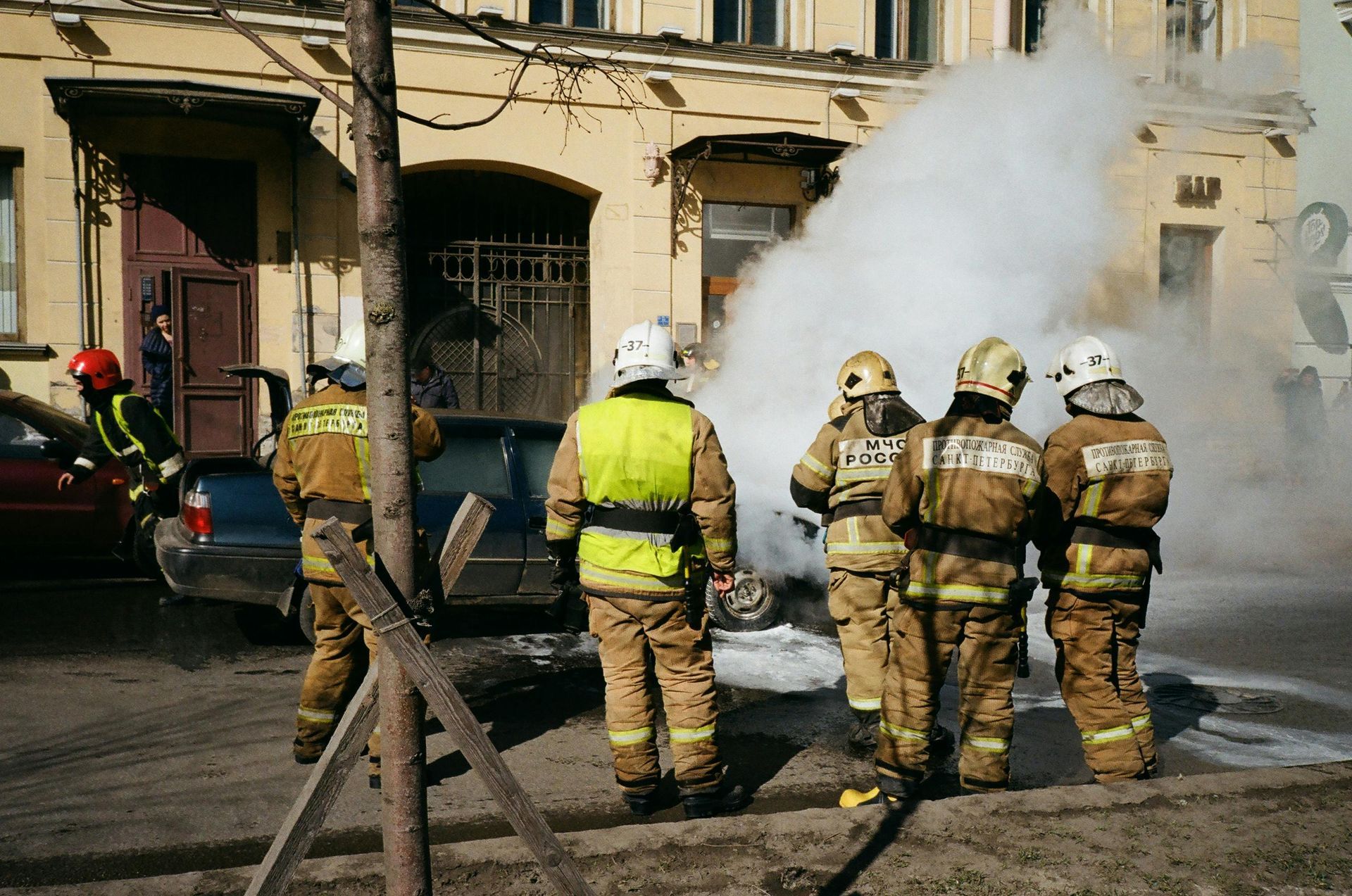Why the Wildfire Prepared Home Designation Is a Game-Changer for Oregon Homeowners
Why the Wildfire Prepared Home Designation Is a Game-Changer for Oregon Homeowners
Oregon’s wildfire seasons are growing longer and more intense, with communities like Medford facing heightened risks. At Oregon Fire Mitigation Services (OFMS), we’re committed to helping homeowners protect their properties and secure their peace of mind. One powerful tool in this fight is the Wildfire Prepared Home (WPH) designation, a science-based standard from the Insurance Institute for Business & Home Safety (IBHS) that’s becoming the gold standard for wildfire resilience and insurance compliance. Here’s why achieving WPH is critical for Oregon homeowners and how OFMS can help you get there.
What Is the Wildfire Prepared Home Designation?
The WPH designation is the first-ever program to certify homes that have implemented proven, research-backed wildfire mitigation measures. Developed by IBHS, it focuses on reducing a home’s vulnerability to embers, flames, and radiant heat—the leading causes of wildfire-related home losses. Available in Oregon and California, WPH offers two levels:
- WPH Base: Protects against embers with a Class A fire-rated roof (common in most modern homes), a 5-foot noncombustible buffer around the home (Zone 0), fire-resistant exterior materials, and maintained decks and yards.
- WPH Plus: Enhances resilience against flames and radiant heat with upgrades like ember-resistant vents, noncombustible siding, fire-rated doors and windows, covered gutters, enclosed eaves, and sheds moved at least 30 feet from the home.
To earn the designation, homeowners must complete all required actions, undergo an independent inspection, and maintain compliance through annual landscape reviews. The designation lasts three years, ensuring ongoing protection.
Why WPH Matters for Oregon Homeowners
Oregon’s wildfire risk is undeniable—2024’s record-breaking fire season displaced thousands and caused millions in damages. Homes in high-risk areas like Southern Oregon face not only physical threats but also rising insurance premiums, which have increased 30% since 2020. The WPH designation addresses both:
- Enhanced Home Protection: WPH’s science-based actions, like clearing combustible materials from Zone 0 and installing ember-resistant vents, significantly reduce ignition risks. IBHS research shows that mitigated homes are far more likely to survive wildfires.
- Insurance Compliance and Savings: While Oregon doesn’t yet mandate discounts for WPH (unlike California’s Safer from Wildfires regulation), insurers recognize the designation as a mark of reduced risk. A WPH certificate can improve your insurability, potentially lower premiums, and make your home more attractive to buyers.
- Community Resilience: WPH complements community programs like Firewise USA, fostering neighborhood-wide preparedness. This is critical in places like Medford, where urban-wildland interfaces amplify risks.
How OFMS Helps You Achieve WPH
At Oregon Fire Mitigation Services, we’re your local experts in wildfire resilience, serving Medford and Southern Oregon with tailored solutions. Our team can guide you through the entire WPH process:
- Free Risk Assessment: We evaluate your property to identify WPH requirements, such as clearing Zone 0 or upgrading vents, using IBHS’s free online self-screen tool as a starting point.
- Custom Mitigation Plans: Our certified professionals implement science-backed measures, from removing flammable mulch to installing chimney spark arrestors, ensuring compliance with WPH Base or Plus standards.
- Application Support: We provide documentation and connect you with IBHS-certified inspectors to secure your WPH designation, streamlining the process.
- Ongoing Maintenance: We offer annual landscape reviews to maintain your designation, keeping your home wildfire-ready year-round.
- With Oregon’s insurance market tightening, a WPH designation can set your home apart, signaling to insurers that you’ve taken proactive steps to reduce risk.
Act Now to Protect Your Home
Wildfires don’t wait, and neither should you. The WPH designation is more than a certificate—it’s a proven strategy to safeguard your home, lower insurance costs, and contribute to a fire-resilient Oregon. As Medford’s trusted wildfire mitigation partner, Oregon Fire Mitigation Services is here to make the process seamless.
Contact OFMS today for a free consultation and start your journey to a Wildfire Prepared Home.
Call us at 458-299-6061, email info@oregonfiremitigationservices.com, or visit www.oregonfiremitigationservices.com to learn more. Let’s build a safer future together.
Oregon Fire Mitigation Services, CCB #244369, proudly serves Southern Oregon with expert wildfire mitigation solutions.
Have wildfire safety questions?
Contact our certified team
